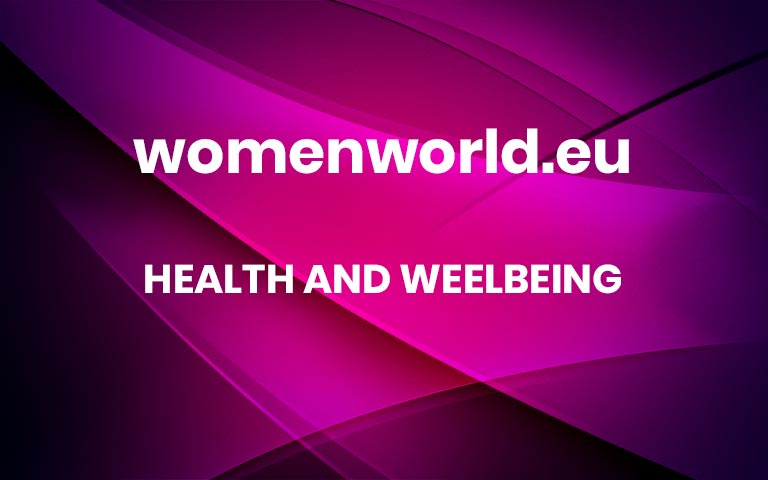Join The 30-Day Live Lite Challenge By Replace® Lite – And Win Big
Your Invitation to joyful wellness! More
Subterms
163 Shares
Your Invitation to joyful wellness! More
150 Shares
in fitness and bodyWhen you’re an old hand at ignoring your body’s stop signs, it’s easier to fall into a whole bunch of overeating traps. Here’s how to avoid them. More
63 Shares
in diet and nutritionIt’s festive, refreshing and very hard not to go back for seconds. 🍑 More
113 Shares
in health and weelbeingTry these perimenopause treatments and lifestyle changes to bring much-needed relief to this life cycle. More

This portal is not a newspaper as it is updated without periodicity. It cannot be considered an editorial product pursuant to law n. 62 of 7.03.2001. The author of the portal is not responsible for the content of comments to posts, the content of the linked sites. Some texts or images included in this portal are taken from the internet and, therefore, considered to be in the public domain; if their publication is violated, the copyright will be promptly communicated via e-mail. They will be immediately removed.

